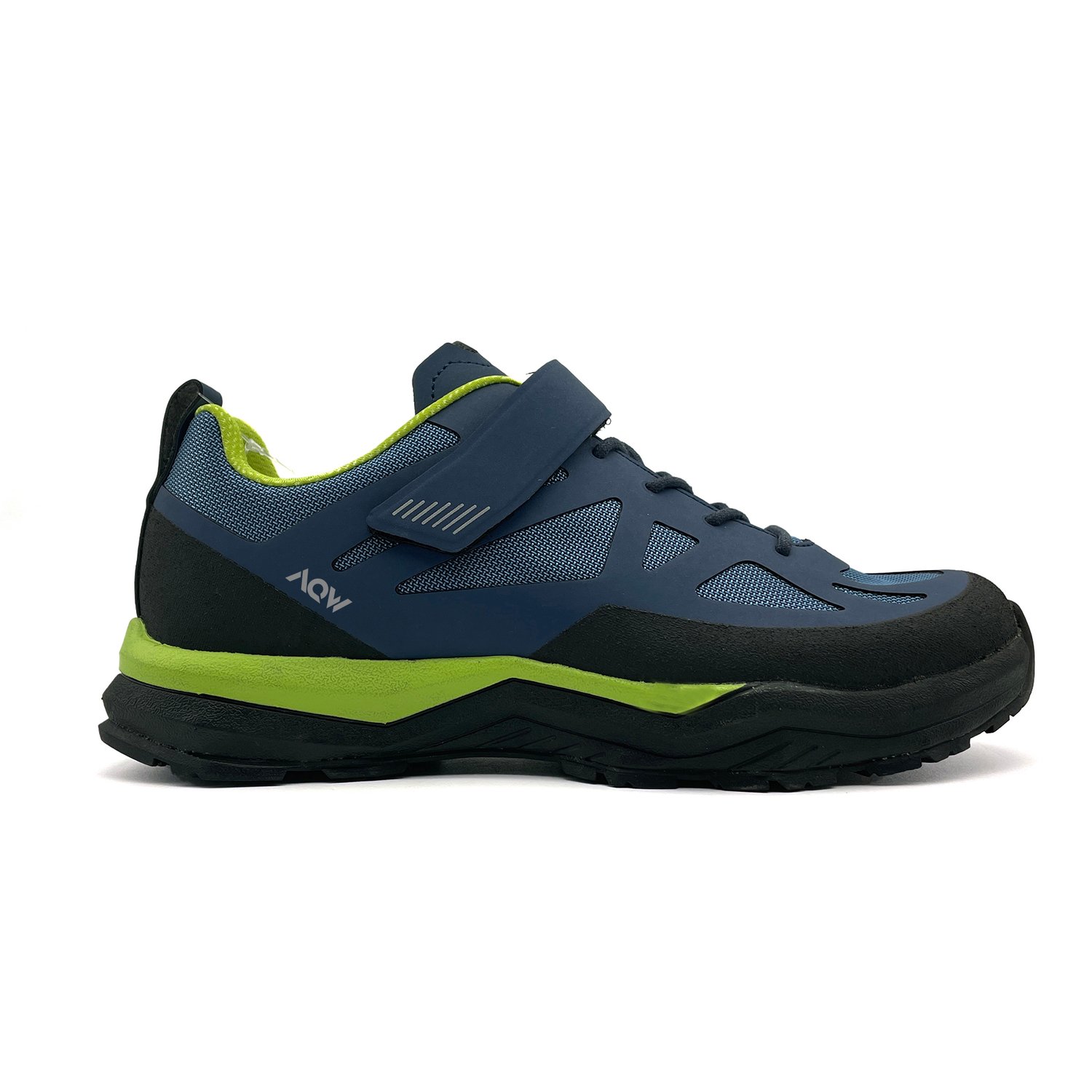5 Best Hiking Shoes

Hitting the trails in search of adventure and breathtaking views is an exhilarating experience, but it all begins with the right footwear. The best hiking shoes can make a world of difference between a comfortable, enjoyable trek and a painful, frustrating one. With so many excellent options on the market, finding the perfect pair can be overwhelming. Here’s a breakdown of the top contenders, each excelling in different areas to suit various hiking needs and preferences.
1. Merrell Moab 2 Mid Waterproof
The Merrell Moab 2 Mid Waterproof hiking shoes are a favorite among hikers for their exceptional comfort, durability, and waterproofing. They feature a breathable mesh upper, a Vibram TC5+ outsole for superior traction, and a supportive, cushioned midsole. The Moab 2 is ideal for a wide range of hiking conditions, from damp trails to more rugged terrains. Its waterproof membrane ensures that feet stay dry, even in wet conditions, making it a versatile choice for hikers who face varied weather conditions.
2. Salomon Quest 4D 3 GTX
For those seeking a more premium hiking experience, the Salomon Quest 4D 3 GTX stands out. These shoes boast an advanced chassis system that provides superior stability and protection on challenging trails. The waterproof and breathable Gore-Tex membrane keeps feet dry and comfortable, while the Contagrip sole offers grip on various surfaces. The Quest 4D 3 GTX is designed for long-distance hiking and backpacking, supporting hikers through demanding terrains with its robust design and excellent ankle support.
3. Keen Targhee II Mid WP
The Keen Targhee II Mid WP is another strong contender, offering a unique blend of comfort, protection, and eco-friendliness. With a waterproof membrane and mid-cut design for added ankle support, these shoes are perfect for day hikes or lighter backpacking trips. Keen is known for its roomy toe boxes, which provide ample space for toe movement, reducing blisters and discomfort. The Targhee II Mid WP also features a grippy outsole for confident stepping on uneven or slippery surfaces.
4. La Sportiva Raptor GTX
For hikers who prefer a more minimalist approach without sacrificing performance, the La Sportiva Raptor GTX is an excellent choice. These shoes offer a snug, responsive fit that’s ideal for more agile, fast-paced hiking. The Gore-Tex membrane ensures waterproofing, while the FriXion XF outsole provides superb grip on rock, dirt, and other surfaces. Although they may not offer the same level of ankle support as mid-cut models, the Raptor GTX excels in terms of lightness and flexibility, making them perfect for hikers who prefer to move quickly and decisively through the terrain.
5. Hoka One One Speedgoat 4 GTX
Lastly, the Hoka One One Speedgoat 4 GTX represents the pinnacle of max cushioning hiking shoes. Designed for long-distance comfort, these shoes feature a generous amount of cushioning in the midsole, making them ideal for hikers who plan to cover significant distances. The Speedgoat 4 GTX also boasts a Vibram Teton outsole for excellent traction and a waterproof Gore-Tex membrane. While they may feel a bit bulky compared to more minimalist options, they offer unparalleled comfort and support for extended hiking adventures.
Choosing the Right Pair
When selecting the best hiking shoes, several factors come into play, including the type of hiking you plan to do, the terrain you’ll be hiking on, and your personal preferences regarding fit, support, and features like waterproofing. Each of the shoes mentioned above excels in different areas, catering to a wide range of hiking needs. Whether you’re a seasoned backpacker or just starting to explore the world of hiking, there’s a perfect pair out there waiting to enhance your outdoor adventures.
Key Considerations
- Waterproofing: Essential for hikes in wet or damp conditions.
- Ankle Support: Mid-cut or high-cut shoes offer more support, crucial for rugged terrains.
- Terrain: The outsole’s grip and durability should match the terrain’s demands.
- Comfort: Adequate cushioning and a roomy toe box can prevent blisters and discomfort.
- Weight: Lighter shoes can enhance agility but may sacrifice on support or durability.
Final Thoughts
The world of hiking shoes is rich with options, each designed to cater to specific hiking styles and preferences. By understanding your hiking needs and preferences, you can navigate the market more effectively, finding the perfect shoe to companion you on your trails. Whether you prioritize comfort, support, waterproofing, or a balance of it all, there’s a hiking shoe out there designed to make your hiking experiences memorable and enjoyable.
What should I consider when buying hiking shoes?
+When buying hiking shoes, consider the type of hiking you’ll be doing, the terrain, and your personal preferences regarding fit, support, and features like waterproofing. It’s also important to try on shoes at the end of the day, as feet tend to swell throughout the day, and wear the same type of socks you plan to wear hiking.
Are waterproof hiking shoes necessary?
+Waterproof hiking shoes are highly recommended for hikes in wet or damp conditions. They can keep your feet dry and comfortable, reducing the risk of blisters and discomfort. However, for dry, warm conditions, breathable, non-waterproof shoes might be preferable to prevent overheating.
How often should I replace my hiking shoes?
+The lifespan of hiking shoes depends on usage. As a general rule, if you notice significant wear on the soles, a decrease in cushioning, or if your shoes are no longer providing the support and comfort they once did, it’s time to consider replacing them. For frequent hikers, this could be every 6 months to a year.


